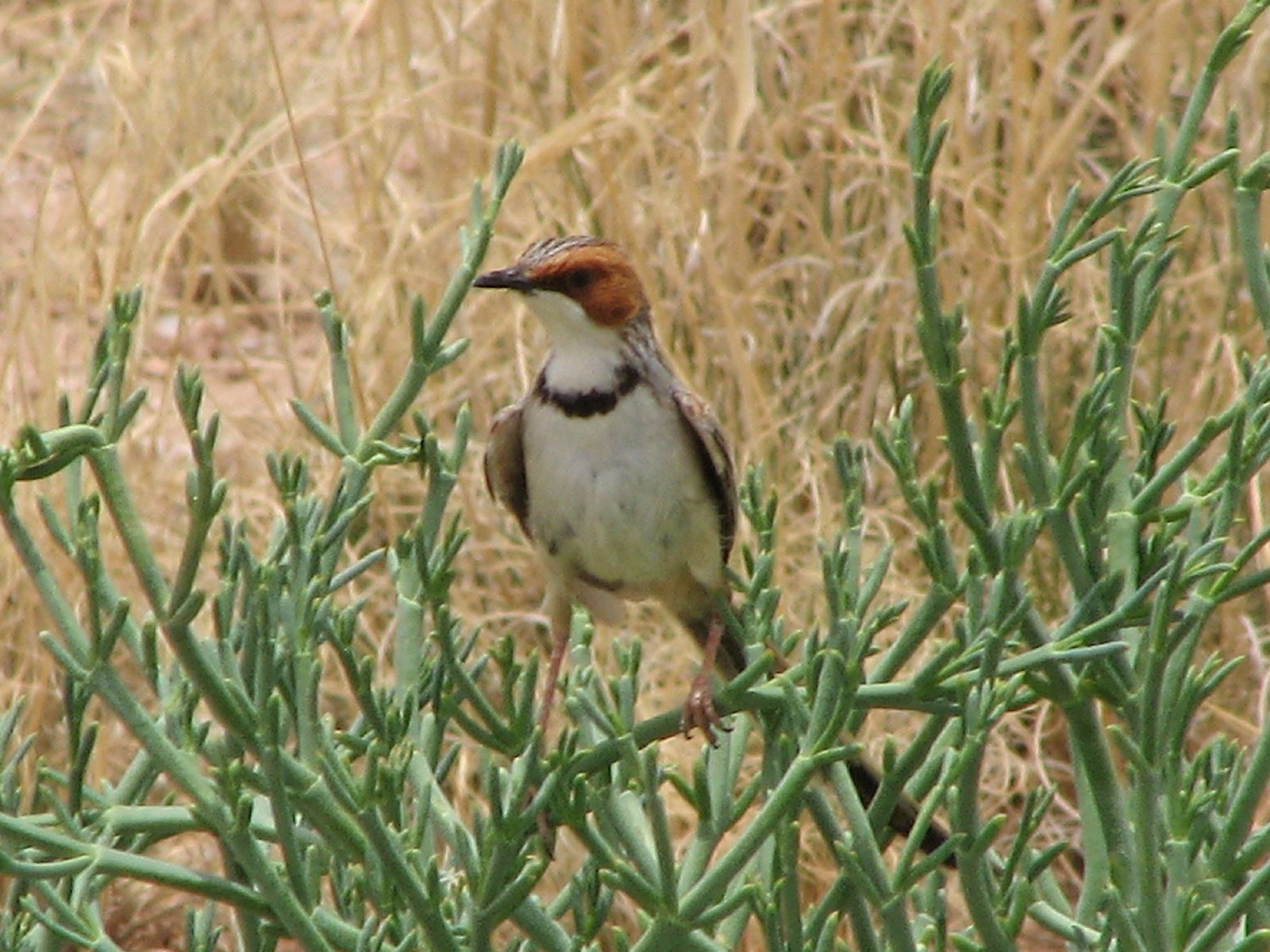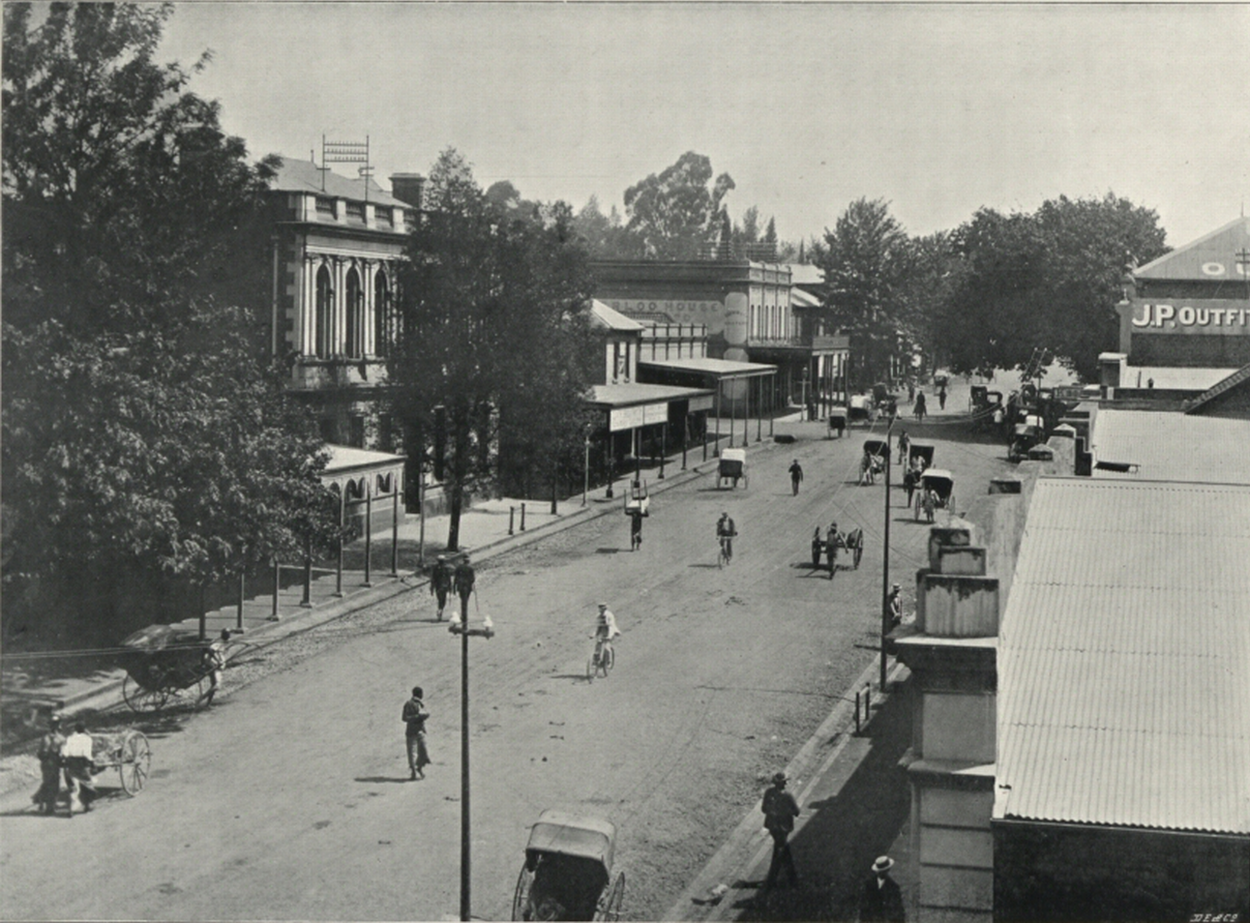|
Red-faced Cisticola
The red-faced cisticola (''Cisticola erythrops'') is a species of bird in the family Cisticolidae. It is widely present across sub-Saharan Africa (rare in southern Africa). Its natural habitats are subtropical or tropical seasonally wet or flooded lowland grassland and swamps. The race ''C. e. lepe'', found in Angola and possibly the southeast of the Democratic Republic of Congo, is sometimes regarded as a separate species, the Lepe cisticola. Gallery Cisticola erythrops MHNT.jpg, '' Cisticola erythrops '' - MHNT Cisticola erythrops sylvia MHNT.jpg, '' Cisticola erythrops sylvia'' - MHNT Red-faced Cisticola (Cisticola erythrops).jpg, Non-breeding adult at Pietermaritzburg, South Africa Red-faced Cisticola 112ND500 DSC0099.jpg, In Cuanza Norte Province, northern Angola References red-faced cisticola Birds of Sub-Saharan Africa red-faced cisticola The red-faced cisticola (''Cisticola erythrops'') is a species of bird in the family Cisticolidae. It is widely present ac ... [...More Info...] [...Related Items...] OR: [Wikipedia] [Google] [Baidu] |
Crocodile River (Mpumalanga)
The Crocodile River, also referred to as Crocodile River (East), ( af, Krokodilrivier) is a large river traversing Mpumalanga province of South Africa. It is a tributary of the Komati River. Course It originates north of Dullstroom, Mpumalanga, in the Steenkampsberg Mountains. Downstream of Kwena Dam, the Crocodile River winds through the Schoemanskloof and down the Montrose Falls. It then flows eastwards past Nelspruit and joins the Komati River at Komatipoort. The Crocodile River in Mpumalanga has a catchment area of 10,446 km2. Upstream it is a popular trout fishing place. It flows through the Nelspruit industrial area, the Lowveld agricultural area and borders the Kruger National Park. The decrease in flow of the river is due to water abstractions for irrigated fruit and sugar cane farming. Tourism on the Crocodile The river forms the full southern border of the Kruger National Park. It creates the setting for game viewing in and on the banks of the river. Fa ... [...More Info...] [...Related Items...] OR: [Wikipedia] [Google] [Baidu] |
Mpumalanga
Mpumalanga () is a province of South Africa. The name means "East", or literally "The Place Where the Sun Rises" in the Swazi, Xhosa, Ndebele and Zulu languages. Mpumalanga lies in eastern South Africa, bordering Eswatini and Mozambique. It constitutes 6.5% of South Africa's land area. It shares borders with the South African provinces of Limpopo to the north, Gauteng to the west, the Free State to the southwest, and KwaZulu-Natal to the south. The capital is Mbombela. Mpumalanga was formed in 1994, when the area that was the Eastern Transvaal was merged with the former bantustans KaNgwane, KwaNdebele and parts of Lebowa and Gazankulu. Although the contemporary borders of the province were only formed at the end of apartheid, the region and its surroundings has a history that extends back thousands of years. Much of its history, and current significance is as a region of trade. History Precolonial Era Archeological sites in the Mpumalanga region indicate settlement b ... [...More Info...] [...Related Items...] OR: [Wikipedia] [Google] [Baidu] |
Northern Transvaal
Northern may refer to the following: Geography * North, a point in direction * Northern Europe, the northern part or region of Europe * Northern Highland, a region of Wisconsin, United States * Northern Province, Sri Lanka * Northern Range, a range of hills in Trinidad Schools * Northern Collegiate Institute and Vocational School (NCIVS), a school in Sarnia, Canada * Northern Secondary School, Toronto, Canada * Northern Secondary School (Sturgeon Falls), Ontario, Canada * Northern University (other), various institutions * Northern Guilford High School, a public high school in Greensboro, North Carolina Companies * Arriva Rail North, a former train operating company in northern England * Northern Bank, commercial bank in Northern Ireland * Northern Foods, based in Leeds, England * Northern Pictures, an Australian-based television production company * Northern Rail, a former train operating company in northern England * Northern Railway of Canada, a defunct railway in ... [...More Info...] [...Related Items...] OR: [Wikipedia] [Google] [Baidu] |
Gustav Hartlaub
Karel Johan Gustav Hartlaub (8 November 1814 – 29 November 1900) was a German physician and ornithologist. Hartlaub was born in Bremen, and studied at Bonn and Berlin before graduating in medicine at Göttingen. In 1840, he began to study and collect exotic birds, which he donated to the Bremen Natural History Museum. He described some of these species for the first time. In 1852, he set up a new journal with Jean Cabanis, the ''Journal für Ornithologie''. He wrote with Otto Finsch, ''Beitrag zur Fauna Centralpolynesiens: Ornithologie der Viti-, Samoa und Tonga- Inseln''. Halle, H. Schmidt. This 1867 work which has handcoloured lithographs was based on bird specimens collected by Eduard Heinrich Graeffe for Museum Godeffroy. A number of birds were named for him, including Hartlaub's Bustard, Hartlaub's Turaco, Hartlaub's Duck, and Hartlaub's Gull Hartlaub's gull (''Chroicocephalus hartlaubii''), also known as the king gull, it is a small gull. It was formerly sometimes cons ... [...More Info...] [...Related Items...] OR: [Wikipedia] [Google] [Baidu] |
Bird
Birds are a group of warm-blooded vertebrates constituting the class Aves (), characterised by feathers, toothless beaked jaws, the laying of hard-shelled eggs, a high metabolic rate, a four-chambered heart, and a strong yet lightweight skeleton. Birds live worldwide and range in size from the bee hummingbird to the ostrich. There are about ten thousand living species, more than half of which are passerine, or "perching" birds. Birds have whose development varies according to species; the only known groups without wings are the extinct moa and elephant birds. Wings, which are modified forelimbs, gave birds the ability to fly, although further evolution has led to the loss of flight in some birds, including ratites, penguins, and diverse endemic island species. The digestive and respiratory systems of birds are also uniquely adapted for flight. Some bird species of aquatic environments, particularly seabirds and some waterbirds, have further evolved for swimming. B ... [...More Info...] [...Related Items...] OR: [Wikipedia] [Google] [Baidu] |
Cisticolidae
The family Cisticolidae is a group of about 160 warblers, small passerine birds found mainly in warmer southern regions of the Old World. They were formerly included within the Old World warbler family Sylviidae. This family probably originated in Africa, which has the majority of species, but there are representatives of the family across tropical Asia into Australasia, and one species, the zitting cisticola, breeds in Europe. These are generally very small birds of drab brown or grey appearance found in open country such as grassland or scrub. They are often difficult to see and many species are similar in appearance, so the song is often the best identification guide. These are insectivorous birds which nest low in vegetation. Taxonomy The family was introduced (as Cisticolinae) by the Swedish zoologist Carl Jakob Sundevall in 1872. Many taxonomists place the red-winged prinia and the red-fronted prinia in the genus ''Prinia'' rather than in their own monotypic genera. Suppo ... [...More Info...] [...Related Items...] OR: [Wikipedia] [Google] [Baidu] |
Sub-Saharan Africa
Sub-Saharan Africa is, geographically, the area and regions of the continent of Africa that lies south of the Sahara. These include West Africa, East Africa, Central Africa, and Southern Africa. Geopolitically, in addition to the List of sovereign states and dependent territories in Africa, African countries and territories that are situated fully in that specified region, the term may also include polities that only have part of their territory located in that region, per the definition of the United Nations (UN). This is considered a non-standardized geographical region with the number of countries included varying from 46 to 48 depending on the organization describing the region (e.g. UN, WHO, World Bank, etc.). The Regions of the African Union, African Union uses a different regional breakdown, recognizing all 55 member states on the continent - grouping them into 5 distinct and standard regions. The term serves as a grouping counterpart to North Africa, which is instead ... [...More Info...] [...Related Items...] OR: [Wikipedia] [Google] [Baidu] |
Habitat
In ecology, the term habitat summarises the array of resources, physical and biotic factors that are present in an area, such as to support the survival and reproduction of a particular species. A species habitat can be seen as the physical manifestation of its ecological niche. Thus "habitat" is a species-specific term, fundamentally different from concepts such as environment or vegetation assemblages, for which the term "habitat-type" is more appropriate. The physical factors may include (for example): soil, moisture, range of temperature, and light intensity. Biotic factors will include the availability of food and the presence or absence of predators. Every species has particular habitat requirements, with habitat generalist species able to thrive in a wide array of environmental conditions while habitat specialist species requiring a very limited set of factors to survive. The habitat of a species is not necessarily found in a geographical area, it can be the interior ... [...More Info...] [...Related Items...] OR: [Wikipedia] [Google] [Baidu] |
Grassland
A grassland is an area where the vegetation is dominated by grasses (Poaceae). However, sedge (Cyperaceae) and rush (Juncaceae) can also be found along with variable proportions of legumes, like clover, and other herbs. Grasslands occur naturally on all continents except Antarctica and are found in most ecoregions of the Earth. Furthermore, grasslands are one of the largest biomes on earth and dominate the landscape worldwide. There are different types of grasslands: natural grasslands, semi-natural grasslands, and agricultural grasslands. They cover 31–69% of the Earth's land area. Definitions Included among the variety of definitions for grasslands are: * "...any plant community, including harvested forages, in which grasses and/or legumes make up the dominant vegetation." * "...terrestrial ecosystems dominated by herbaceous and shrub vegetation, and maintained by fire, grazing, drought and/or freezing temperatures." (Pilot Assessment of Global Ecosystems, 2000) * "A ... [...More Info...] [...Related Items...] OR: [Wikipedia] [Google] [Baidu] |
Swamp
A swamp is a forested wetland.Keddy, P.A. 2010. Wetland Ecology: Principles and Conservation (2nd edition). Cambridge University Press, Cambridge, UK. 497 p. Swamps are considered to be transition zones because both land and water play a role in creating this environment. Swamps vary in size and are located all around the world. The water of a swamp may be fresh water, brackish water, or seawater. Freshwater swamps form along large rivers or lakes where they are critically dependent upon rainwater and seasonal flooding to maintain natural water level fluctuations.Hughes, F.M.R. (ed.). 2003. The Flooded Forest: Guidance for policy makers and river managers in Europe on the restoration of floodplain forests. FLOBAR2, Department of Geography, University of Cambridge, Cambridge, UK. 96 p. Saltwater swamps are found along tropical and subtropical coastlines. Some swamps have hammock (ecology), hammocks, or dry-land protrusions, covered by aquatic vegetation, or vegetation that tolerates ... [...More Info...] [...Related Items...] OR: [Wikipedia] [Google] [Baidu] |
Pietermaritzburg
Pietermaritzburg (; Zulu: umGungundlovu) is the capital and second-largest city in the province of KwaZulu-Natal, South Africa. It was founded in 1838 and is currently governed by the Msunduzi Local Municipality. Its Zulu name umGungundlovu is the name used for the district municipality. Pietermaritzburg is popularly called Maritzburg in Afrikaans, English and Zulu alike, and often informally abbreviated to PMB. It is a regionally important industrial hub, producing aluminium, timber and dairy products, as well as the main economic hub of Umgungundlovu District Municipality. The public sector is a major employer in the city due to local, district and provincial governments located here. The city has many schools and tertiary education institutions, including a campus of the University of KwaZulu-Natal. It had a population of 228,549 in 1991; the current population is estimated at over 600,000 residents (including neighbouring townships) and has one of the largest populatio ... [...More Info...] [...Related Items...] OR: [Wikipedia] [Google] [Baidu] |
.jpg)




